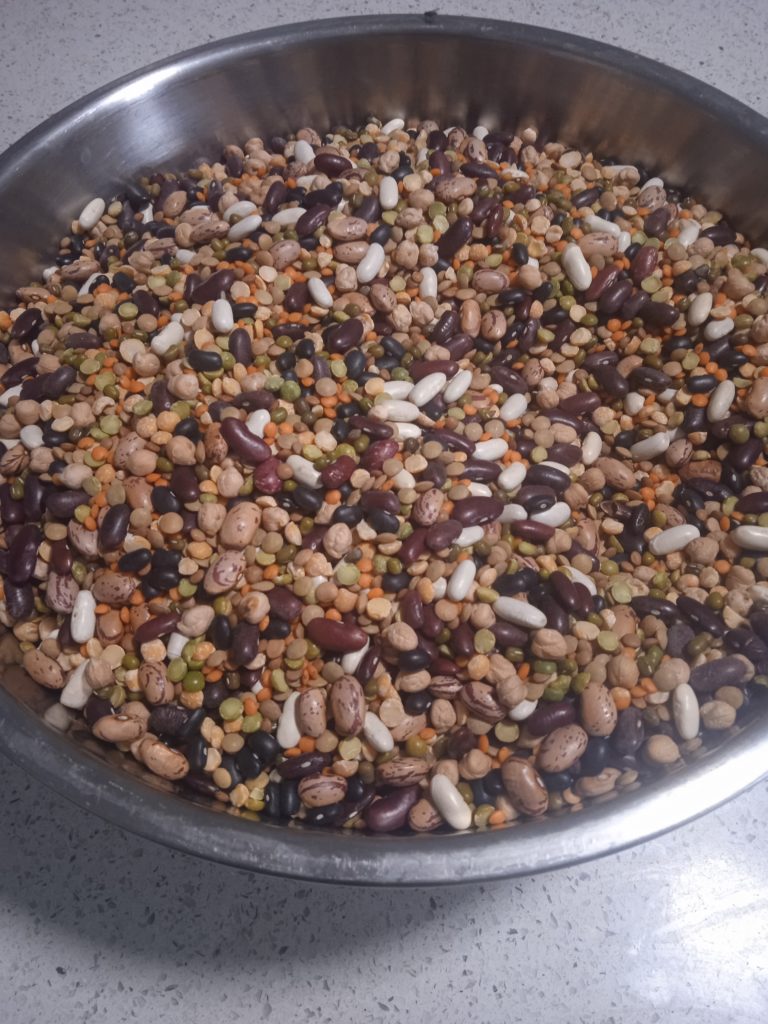Following the last two posts that I wrote and shared years ago on a homeschooling forum, below is my follow-up to questions asked, about an article on budget-wise homeschooling that I mentioned just having written, babysitting and curriculum costs, and burnout. The costs are all specific to the activities mentioned in the last post. Again, this was from 2004, with six children ages 2 – 11.
————————————
The article I wrote was for Live Free Learn Free (a mostly unschooling mag), and should be out soon (printing was delayed because of the holidays), and was titled, “Homeschooling, expensive? Naah!” In that I detailed how we spent less than $150 for the year for six kids, including all outside expenses, including Girl Scout and 4H dues.
I have never hired babysitters to watch the younger kids, and have always had babies and toddlers since I started homeschooling. (My youngest is now 2.5.) So we didn’t have that expense. The first year I started homeschooling, I purchased curriculum used on vegsource.com (namely Saxon math). It cost less than half of what I would have paid for it brand new, and I resold it three years later when I switched to Singapore for the price I paid for it. (And then that money was used to make my new purchases. :)) For the three years I used it, I didn’t need to make any further outlays.
There are always free and low cost alternatives, regardless of where you lived. In Seattle, we had great community centers and my kids were able to take swimming, dance, karate – all very cheaply. Otherwise, we did things on our own as a family.
In Baltimore, classes like that are four times the price, so we do different things. Here I am hooked up with the larger homeschooling community and can go to activities as part of a group and get the sharply discounted rates. Recently, in the space of three weeks, I took my kids to a concert at the symphony hall (got free tickets from a friend), a dance concert at the university (free), the Nutcracker (student performance – $4 per ticket), a Chanuka concert for the family ($5 for family), and a musical of The Lion, the Witch, and the Wardrobe (I blew my usual budget and paid $6.50 per ticket for this, also a student ticket price). That is a lot of entertainment for the money, though people will tell you that providing quality exposure to the arts is pricey.
My girls now take sewing lessons once a week – it costs $10 for each of them per lesson. That is my largest ongoing expense, and $80 a month doesn’t compare to what I would pay for school even with the biggest tuition break I might qualify for. The knitting club is free, 4H has minimal dues, Girl Scout dues are about $30 – 35 a year each.
I have a membership to a science museum which allows me reciprocal privileges that I use at other places (science centers, cultural museums, aquariums) when I travel – that’s $50 a year. We use the library a lot, frequent the library book sales and thrift shops for cheap reads.
A couple of my older kids will be joining a math club next week, and it will be $30 per child for the semester (which goes until the beginning of the summer.) When my kids took a sailing class, it was also as part of a homeschool group, and we got much better prices than the general public because they were already there and had very little business in the middle of the week. When we go ice skating, I go to a homeschool session – $4 for the first person, $3 each additional person, and it includes the skates.
Parks and nature centers are free. Lots of historical events are free or minimal charge. Even for events that charge, there are times that it is more affordable – for example, I took the kids to the Renaissance Faire in September, which is $17 for adults, $8 for kids. I went on the one weekend that kids under 12 were allowed in free, and at the gate they gave me a $3 discount on my ticket because I shop regularly at a certain supermarket (I didn’t know that until I got there and they asked me). So it cost me $14 for the entire day with all six of my kids and a friend of my son, going to plays, jousting, puppet shows, historical reenactments, etc. Would the next weekend at full price when they did the same events have been more satisfying?
I buy Singapore math books – the textbooks are non-consumable and can be passed from once child to the next, so it is a one time purchase (about 7.50 each). The workbooks are about also about 7.50 each, and each child uses two a year. That’s $60 total for my purchased curriculum.
Games are cheaply bought at any yard sale, and can provide loads of educational value. Paper, pencils, and art supplies also aren’t expensive. Fun with friends is free. I don’t send my kids to a private rebbi or tutor for Judaics – not because I can’t afford it, but because I enjoy learning with my kids and learning groups tend to become very school-like in their approach. This is where I see most frum homeschoolers paying big bucks.
Homeschooling is about choices, but homeschooling with minimal costs doesn’t mean doing without or burning out. It means choosing what is worth spending money on – I wouldn’t pay $10 per person for any museum or class. (Remember I have six kids so with at least four kids in a class this would add up fast.) As far as burning out, a parent always has to be aware of their limitations and act accordingly, or they will become overwhelmed.
I do a lot with my kids, but I monitor my energy so that I don’t get caught up in running around to every possible opportunity that presents itself. ‘Know thyself’ is applicable in many circumstances, particularly to moms who want to do it all and do it well. Burnout would be less of an issue if people didn’t keep pushing themselves when all their internal warning signals were bleeping dangerously.
—————————————
Are you enjoying the recent ‘look back to the past’ posts?
Avivah






